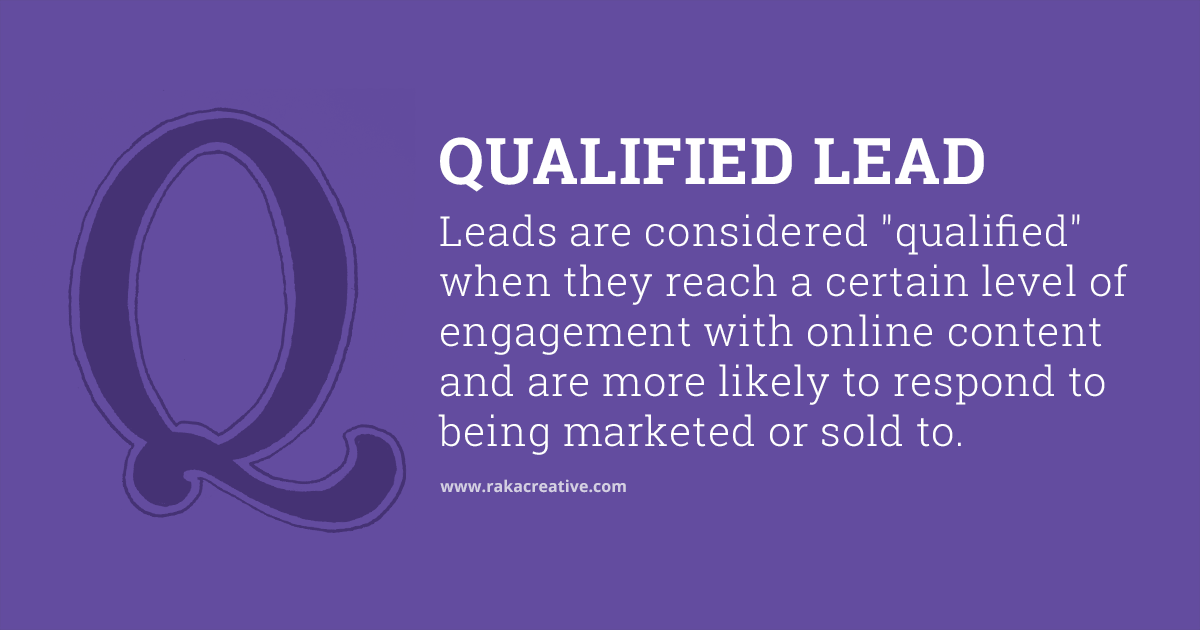For any organization seeking business from their website, inbound marketing should be a foundational part of marketing strategy at this point. A whopping 85 percent of marketers have embraced the methodology, and the results can be even more impressive (if you’re doing it right).
Even so, myths persist around inbound, and some of those myths are going to come your way, whether through prospects, clients, or even internal stakeholders. Today we’re going to debunk a few of the most popular inbound marketing myths with cold hard facts so you’re ready to respond when they do. A hat tip to HubSpot’s State of Inbound Report for these, which we urge you to share with clients and team-members who insist these myths are true.
1. Outbound is still king
A common misconception among non-marketers and marketers alike is that outbound still dominates the marketing strategies of many businesses, but that’s simply not true. According to HubSpot, 73 percent of companies surveyed said they rely on inbound as their main form of marketing (and as noted above, 85 percent are using it in some way). Less than a quarter of those surveyed rely on outbound as their primary effort. If you work in inbound marketing or digital marketing you’re probably already aware of this, but the misconception still exists in the larger marketplace. Granted, HubSpot’s survey respondents may be skewed to favor inbound.
Back in 2010, Brian Halligan, CEO of Hubspot, wrote, “I believe most marketers today spend 90 percent of their efforts on outbound marketing and 10 percent on inbound marketing, and I advocate that those ratios flip.” The rest of that blog post predicted an eventual turning of the marketing tides and described a future where inbound dominates.
Ladies and gentlemen, that future is now. Companies using inbound were four times more likely to say their marketing plan was effective in this year’s State of Inbound Report. This is most likely the reason for the switch to inbound over the past six years: It just works better.
2. Sales and marketing don’t mesh
False! Smarketing proves this to be wrong. Very, very wrong.
Your marketing and sales departments may not have read from the same playbook in the past, but today the best companies have both sales and marketing working effectively in harmony. A full 82 percent of companies with Service Level Agreements (SLA) between the two departments reported it yielded them positive results.
What’s an SLA? SLAs establish a unified vision for both departments, allowing them to operate as one functional unit that attracts leads, nurtures them through the marketing and sales funnel, and closes them as customers. A robust 84 percent of companies said this contributed to the effectiveness of their marketing plans. So it seems things typically go smoothly when everyone gets along and understands the plan. Whodathunk?
3. Email is e-relevant
Email has been declared on the verge of dying for at least a decade, but like a certain bunny, it just keeps on going. Consumers are savvier and don’t want to be blasted with your marketing information en masse, but reaching specific audiences with relevant content has become increasingly easier—and more effective by learning from the data email campaigns yield.
In fact, well-targeted email is one of the top-converting methods of marketing. That in mind, it’s important to maintain your lists so you know you’re reaching audiences who want to hear from you. Check out my colleague Dave’s post about how to keep your email list healthy.
4. PPC is the future
Google is the leader in the digital marketing world that uses pay-per-click to charge businesses for running ads. This model has allowed the search giant to roll around in equally giant piles of money and purchase businesses that strive to perform the formerly impossible, such as self-driving cars. But does that mean pay-per-click is the way of the future?
According to Gary Vaynerchuk, YouTube celebrity and self-proclaimed social media guru, marketing will soon be focused around where the attention of your customers is. This is an idea that has considerable traction among marketers, who now have more insight into what their audiences want and like than at any other point in time. Gary Vee suggests that pay-per-click will soon vanish in favor of metrics that show how long consumers are looking at and listening to ads. While PPC isn’t exactly on its way out, attention-based marketing (also known as display marketing) is something that deserves time and energy. Just don’t neglect what’s working for you right now.
Conclusion
I’m not bald, (yet) nor do I have a mustache, but I think these myths have been busted. Be sure to keep an eye on our digital agency blog, where we’ll be busting the myth that Facebook is listening to all our conversations* and any other marketing myths that have been haunting you!
*Just kidding. This one’s totally true.




